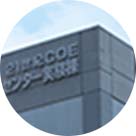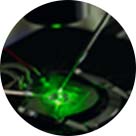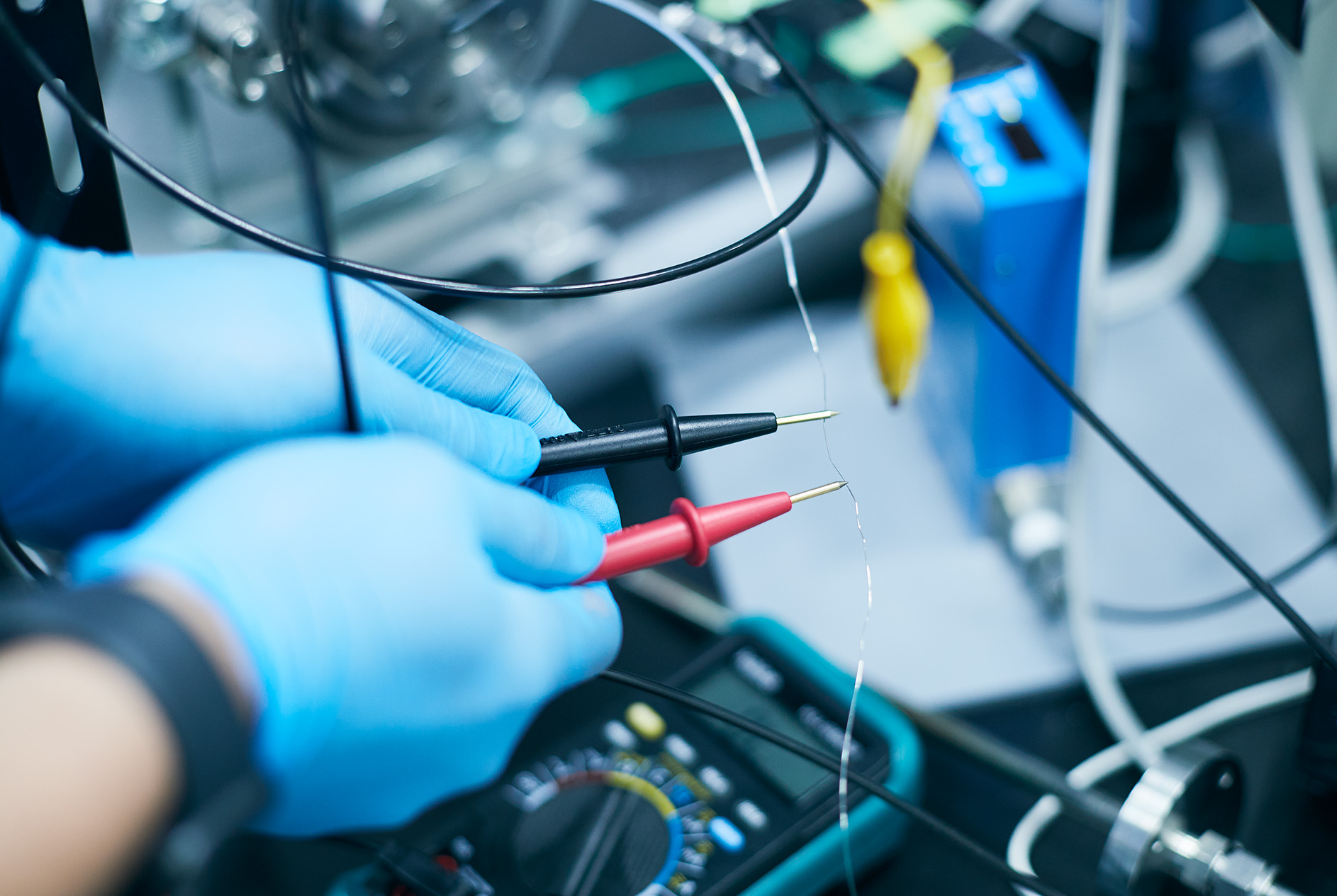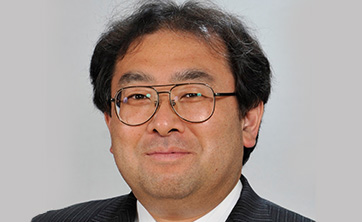The development of a system for the generation, transformation, storage, and utilization of energy by “Only at TUS”
The development and use of highly efficient energy systems are a matter of urgency, because
the exhaustion of petroleum resources and the resultant economic instability are a call to action.
The problem is conspicuous in our country since it depends heavily on the import of petroleum.
Studies are being carried out in the Division of Ecosystem Research and the Advanced EC Device Research Division, on the development and testing of an electrochemistry device for commercialization purposes.
The United Nations has set 17 targets as global SDGs, and these targets are indispensable for future technical development. The following two relate to our research group:
SDG 7: “Ensure access to affordable, reliable, sustainable, and modern energy for all.”
SDG 12: “Ensure sustainable consumption and production patterns.”
In our research group, we will study the development and environment-friendly use of new energy, following a product of the Advanced EC Device Research Division, on electrochemical devices, hydrogen energy, heat energy, and light energy.
Our research group consists of two teams: the research team for energy transformation and the research team for energy storage. The research team for energy transformation takes charge of the development of technology and materials for the generation and transformation of energy.
The research team for energy storage takes charge of the development of technology and materials on the storage and utilization of energy. Both teams cooperate mutually with the aim of building a system for the generation, transformation, storage, and utilization of energy.
When an advanced energy device is created, its development is accelerated by cooperation between group members beyond the limit of their specialty and research fields, to overcome current problems and improve the fundamental knowledge level among group members, furthering collaboration.
Based on “Only at TUS”, a researcher on the front line participating in this research should be able to accumulate information and technological knowhow from scholars in the various fields and achieve high technical development and originality.
A characteristic feature of our research group is the inclusion of the “Sustainable Energy Systems and Materials” course from the Graduate School of Science and Technology curriculum. The participation of both students and teachers is indispensable for the development of new materials and systems.
We plan to hand-down technology and knowledge from generation to generation through research proceeds of students who carry the science and technology of the next generation, and we plan for an
aggressive exchange between students and teachers in order to achieve the goal of this research group early.
Research on energy conversion
Based on outcomes from the Division of Ecosystem Research and the Advanced EC Device Research Division, the development of highly efficient, environment-friendly organic synthetic processes, and highly sensitive and functional light-reactive polymers are advancing. One of the aims of this research group is the development of new catalytic reactions for the highly selective reduction of carbonyl groups to methylene groups, to be used in applications for organic compounds made up of elements other than oxygen. Another objective of this group is the development of a polymer that responds to multiple forms of energy, by designing a polymer that reacts stepwise to light and heat. In addition, high-speed material screening will be carried out using a combinatorial experimental method.
The generation and utilization of bio hydrogen will be proposed in relation to SDG 12, based on life-cycle assessment (LCA). A system consisting of the generation of hydrogen from waste wood, its purification, storage, and use in the generation of electricity through fuel cells, as well as in charge storage in capacitors will be built and evaluated based on LCA.
We will manufacture a printable wearable biofuel cell with paper and transfer sheet. For example, a fuel cell that uses organic material in urine as fuel can be used for urine detection (Elderly care, health maintenance). By using lactic acid in sweat as fuel, one can monitor the health of athletes. In order to make the wearable device, we prepare mesoporous carbon materials suitable for use as enzymes, and then develop a printable paper device using the carbon as the electrodes.
In the development of the polymer electrolyte fuel cell, we synthesize a metal-complex-supported conductive diamond as the electrode catalyst and develop a novel silicon-based polymer as the electrolyte.
Research on energy storage
We aim to prepare high-capacity electrodes with structures that are well controlled at atomic-to-micro levels and perform high-throughput material screening, and device-oriented electrochemical and structural analyses. For optimization of nano and micro structures of the electrodes, we will prepare the powder using liquid-phase synthetic methods like solvothermal synthesis, and then perform a surface coating on the pristine powder.
Atomic configurations of the materials will be simulated computationally for theoretical screening. In addition, we will investigate degradation mechanisms of the batteries under various operation conditions, by means of selected electrochemical techniques such as in-situ analyses of the atomic and electronic structures using neutron and synchrotron X-ray sources and in-situ electrochemical impedance spectroscopy (EIS) by cooperating with energy conversion group. This strategy enables us to produce a customized and appropriate device design based on a working condition and a purpose of use.











